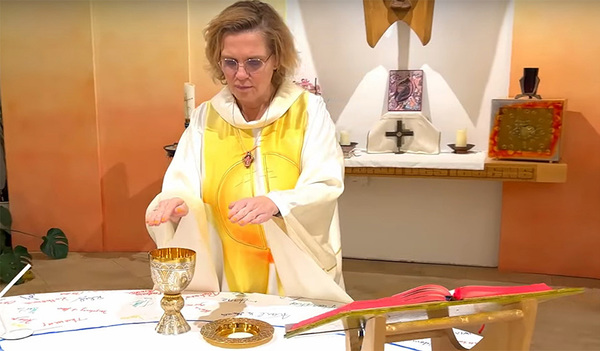
The Old Catholic movement is experiencing new divisions over its continued liberalization, writes William Tighe in the magazine Touchstone (Summer). Old Catholics broke away from the Roman Catholic Church over such doctrines as papal infallibility in the late 19th century and saw themselves as a bridge to Anglicans and Eastern Orthodoxy. When these churches were excommunicated from Rome, this led to the formation of such groups as the U.S.- and Canadian-based Polish National Catholic Church (PNCC) and the Old Catholic churches of Germany, Poland (known as the Polish Catholic Church), Switzerland, Austria, the Czech Republic, and the Netherlands, with their center and bishop’s see based in Utrecht. Only numbering around 50,000 to 60,000 members, the churches opposed such liberal reforms as women’s ordination and LGBTQ ordinations until the late 1990s.

Old Catholic priest Maria Kubin
In recent years, as the churches have embraced these progressive changes, with each of the Anglican and then Old Catholic churches practicing women’s ordination (except for the Polish Catholic Church) and gradually supporting LGBTQ rights, the PNCC has cut ties with them, resulting in its own expulsion by Old Catholic bishops in 2003. In 2023, the Austrian Old Catholic Church was the first to elect a woman bishop, Maria Kubin, a psychotherapist and former Roman Catholic—an action that led the PNCC to break ties even with its Polish counterpart for maintaining unity with other Old Catholics (even though it did not practice such innovations). Tighe notes that last May, the Swiss Old Catholics were the first to elect a practicing gay priest to be their bishop, an action that solidifies the liberal identity that Old Catholics have been gravitating to for decades.
(Touchstone, https://www.touchstonemag.com/)